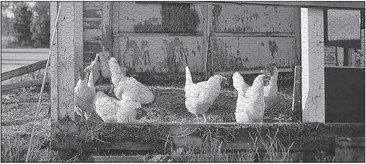Abby revisits ordinances, from UDC to chickens


Abbotsford is the midst of a re-codification process that touches on everything from how many dogs a person can have in their home to what kind of setbacks someone needs to follow...


Abbotsford is the midst of a re-codification process that touches on everything from how many dogs a person can have in their home to what kind of setbacks someone needs to follow...